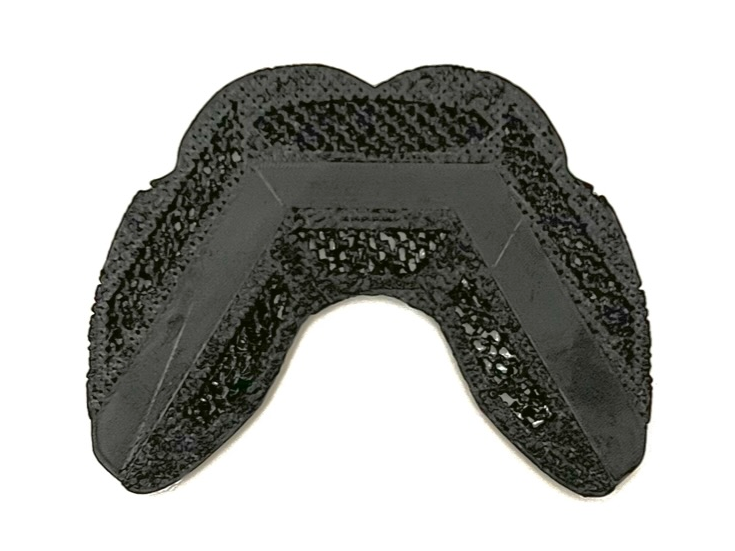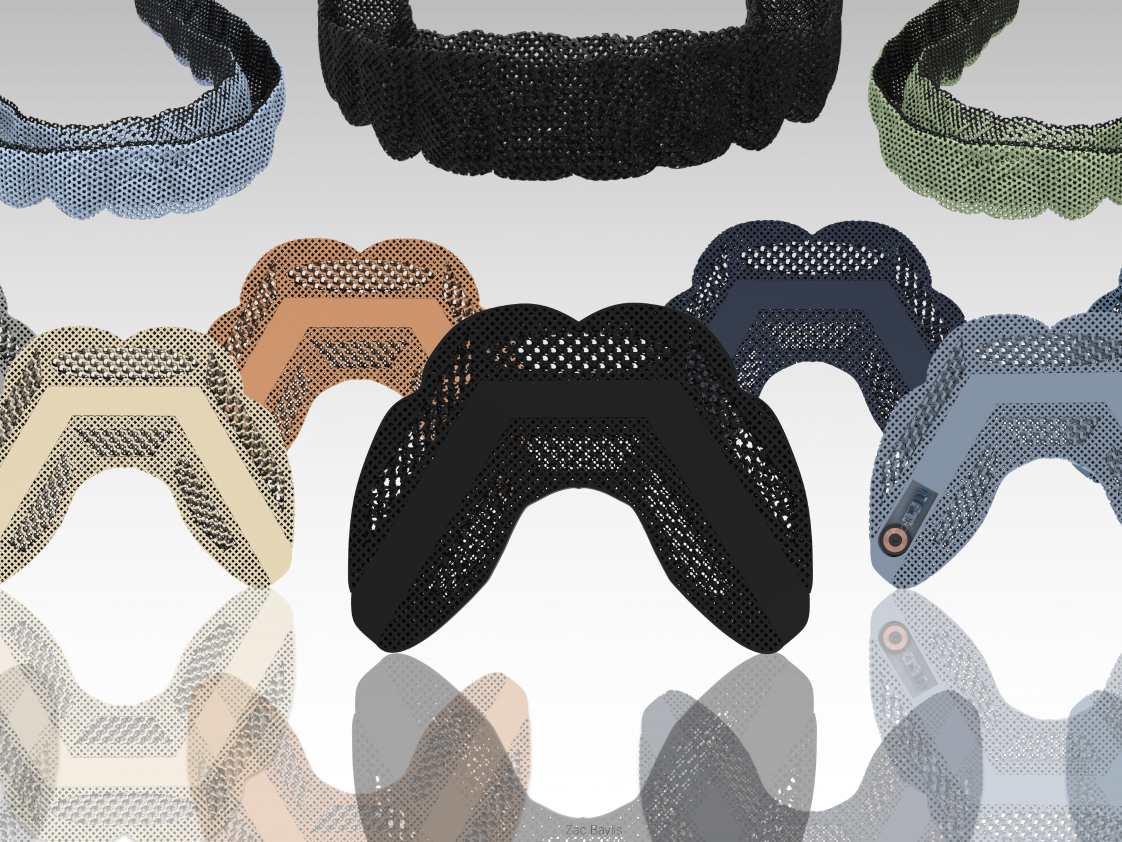2042 Predictions
Given the project's call to predict the future, my team identified three sectors we believe will undergo significant change.
+ Transport
+ Housing/living
+ Working
Future of Transport
Our team believes that transport will be the sector most significantly affected, having reviewed cases for each sector.
London was chosen as our case study, given our location as students at Imperial College London.
The Thought Process
During our user interviews and research, we found that the last-mile transportation system is heavily neglected during suburban-to-inner-city commutes. This makes it difficult, especially for people living further away from tube stations, who cannot afford private transportation methods.
In last-mile transport, six notable issues were identified with the current methods when speaking with our users and gathering their opinions.
Our Values
After analysing the issues with existing solutions, we identified five core values — safe, affordable, sustainable, optimised, and inclusive — that make our solution competitive with current last-mile transportation modes.
Our Solution
Our solution is a system that will transport commuters to and from the train station and their house using an autonomous pod-like electric vehicle.
These pods will collect up to 7 passengers who are all going to a similar location and take the optimal route there, ensuring that no single user has to wait longer than 10 minutes.
UI/UX
In 20 years, we'll likely still use apps, but how we interact with them may change. For example, we use voice commands, gestures, or embedded technology instead of tapping on a screen.
The Nexus system is designed so that the user interacts with the app as little as possible. It will learn from user behaviour and preferences to automate tasks — for example, the app will sync with the user’s calendar to schedule Nexus rides, and the user will have to confirm these suggestions.
It will also be integrated with smart devices in the home and utilise the Internet of Things. In 2042 your fridge could remind you that your Nexus pod is on its way to collect you whilst you’re eating breakfast.
The Nexus system is designed so that the user interacts with the app as little as possible. It will learn from user behaviour and preferences to automate tasks — for example, the app will sync with the user’s calendar to schedule Nexus rides, and the user will have to confirm these suggestions.
It will also be integrated with smart devices in the home and utilise the Internet of Things. In 2042 your fridge could remind you that your Nexus pod is on its way to collect you whilst you’re eating breakfast.
The Pod Exterior
Autonomous vehicles are very unfamiliar to the average Londoner, so we wanted to design our pods for familiarity and comfort. The Nexus pod exterior is inspired by the new route master bus, so it resembles the transport Londoners normally use, embodying a familiar shape. We also gave each pod a name, such as ‘Luna’, so that it is clearly identifiable and feels more approachable.
The Pod Interior
The interior of the pods is designed to be inclusive, comfortable, and safe for every possible user. The colours used in the interior are darkened to ensure the pods are easy to clean and give a sleek and luxurious appearance, as reflected in the user feedback.
Pod Features
The Nexus vehicle features a journey information screen that enables eight users to track their progress, including route, destination, estimated time of arrival, and current location.
The interior also accommodates passengers with priority needs, featuring a fold-down seat and door ramp for wheelchairs or pushchairs. Additionally, audio cues and haptic feedback in the accompanying application enhance the user experience.
Nexus Roadmap
Given the previous validation steps, this is our projection of how Nexus will develop over the next twenty years, with considerations of potential risks, user feedback, and economic challenges. Furthermore, by following this trajectory, we can successfully launch Nexus in all suburbs by 2042 with potential growth beyond then.
The Thought Process
As designers, we are taught the double diamond design methodology. As such, our project Nexus follows the same approach, allowing for iterations between refined and holistic reviews of the research and design phases of the project.
STEEPV
The STEEPV analysis was mapped to identify how working in London will evolve in the next twenty years. The trends will help define three potential scenarios to explore regarding inclusivity in London’s workplace. Each bold conclusion relates to our chosen scenario.







C-Sketching
Three concepts were created using low-fidelity sketching techniques and compared against our team values to determine which route we wanted to take.
A pairwise comparison and a radar graph were utilised to rank the design goals, providing improved control over requirement priority. The optimised shuttle bus was selected as the most promising idea.
Initial CAD Model
After contacting users and further ideation, initial CAD models were created. This was used as a basis for further user investigation as an example of what the service could look like.
Persona Creation
A persona was developed to imitate the typical user that we would expect to need our service. This persona acted as a source for touchpoints, pain points, and values that we would navigate with our design improvements.
User Persona Journey Mapping
We used the persona to create a current user journey map. This helped us identify insights, pain points, and opportunities, and create a list of requirements for the next design stage. The key insights and pain points relevant to each stage are highlighted on the user journey:
Aspect Partitioning and Design Objectives
Five design objectives were compared to an aspect partitioning of the Nexus concept to outline important features.
The aspect partitioning is linked to each of the five design objectives, and the relevant specifications created over the system and interface development pages are listed.
The end result is a complete breakdown of the Nexus system and pod that highlights all requirements necessary to account for our design objectives.










Final C-Sketching
With a solidified concept, new user insights, pain points, and values, more C-Sketching was done to iterate on our previous idea and investigate alternative approaches to the vehicle design.
User Survey
We spoke to users in order to gain feedback on Nexus throughout the concept development, as the users are at the forefront of every decision.
Our main goal is to make Nexus a comparable shared-transportation system that meets all the needs and covers the pain points a user may experience.
The user is continuously considered, as shown in the roadmap later.
Expert Consultation
To validate all the steps and features of Nexus, we were in constant touch with industry experts who provided valuable insights to guide our product development.
Peter validated the path planning and implications of autonomous vehicles in the future.
Leo helped primarily with the battery and systems performance aspects.
Mohamed helped with the machine learning and AI implications.
Jeremy helped tremendously with the feasibility of the physical design and potential collaboration with TfL down the road.
Final System Design
The Nexus system is complex and as such required significant development towards the end of the project. A system mapping approach was taken and the resulting diagram was created.
Final CAD
To conclude the project, a final CAD model was created, and a promotional video was shot to demonstrate how Nexus could be advertised in the future.
The Team
This project was completed as part of a team of 5 people.
Zac Baylis - Eva Brazier - Junqui He - Avi Tripathi - Ken Mah







